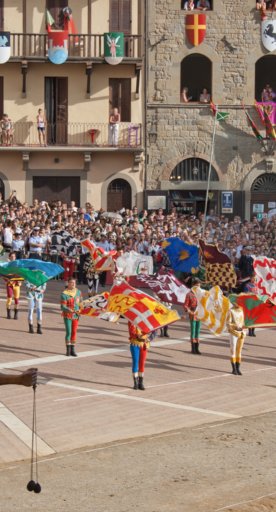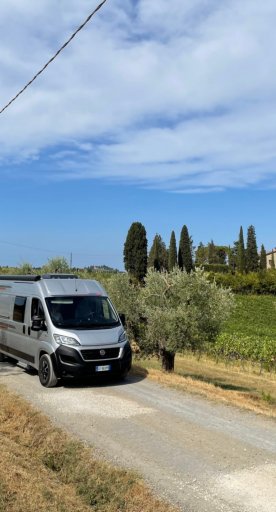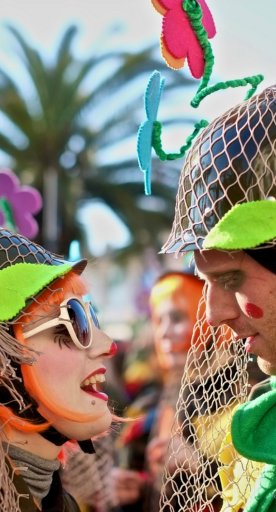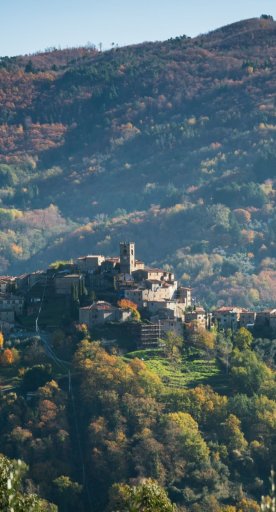Exploring the treasures of Pescia
Hikes, hamlets and precious white beans
We left the stunning Garfagnana behind us on a brilliantly sunny day and headed towards Pescia for a hike through forests and ancient hamlets in Valleriana. From Pescia we climbed up to Aramo, where we met with Danilo, our guide for the day, who first introduced us to the valley all around us.
We discovered that the area is called also Svizzera Pesciatina. The name is due to the fact that in the Eighteenth Century, a Swiss historian who fled his country to find harbour in Pescia, thought that it resembled his homeland to the point he decided to call it after it.
The hike was 10 km long, which we endured with good spirit, rejoicing in some form of exercise after days of indulgences. At the very start of the path, we could catch a glimpse of the town of Sorana in front of us, perched on the mountain and in full sun, with its old pieve at the heart of it. The rest of the hike would then take us through the towns of Aramo, Castelvecchio and San Quirico – all tiny, picturesque hamlets in a valley that has been borderland for centuries, and that remains largely untouched by tourism.
We walked through stone villages and through woods of chestnuts and bramble. On a good day like the one we found – impossibly clear and warm for being December – the sunlight filters through the barren branches and spotlights the path of brown fallen leaves and thorny chestnut shells left on the ground. In the thick of the forest, the foliage carpet thickens, and the only sound you hear is that of your steps stomping on top of the crunchy dry leaves. The path gets adventurous at times – a bit steep, a bit slippery – but nothing unachievable. By the end of it, it felt like a pleasant stroll. We were warm and yet thoroughly refreshed in body and mind.
That evening for dinner we paid a visit to Ristorante Da Carla in Pescia. There, we were welcomed by Rita, the American-born, Tuscany-adopted representative of the consortium that promotes and protects the production of the prized local bean, the fagiolo di Sorana IGP. Rita told us all about it and organised a bean-centric dinner for us to enjoy it in all its versatility.

She explained how the bean, pearl-white in colour, is not only delicious – nutty, creamy and impossibly tender – but also more digestible than most thanks to its very thin skin. And because it is so tender and delicate, it is best prepared in a way that enhances rather than covers its flavour and essence.
Traditionally, the Sorana bean is cooked in a glass flask (the fiasco), giving way to a traditional dish called fagioli al fiasco. The method is pretty straightforward: the beans are placed inside the flask alongside some olive oil, some sea salt, a few pepper grains and a couple of sage leaves. Then, the lot is covered with water and cooked over a very low flame (they should simmer rather than boil, so as to preserve their shape and to prevent breaking the thin skin) until just tender.
Cooked in this way, the beans are served as a side to fish – we had a delicious dish of grilled salt cod and beans to match – or white meat, or even on their own, with olive oil to taste. Simplicity – in this case as in many others – is truly the ultimate sophistication.

























































